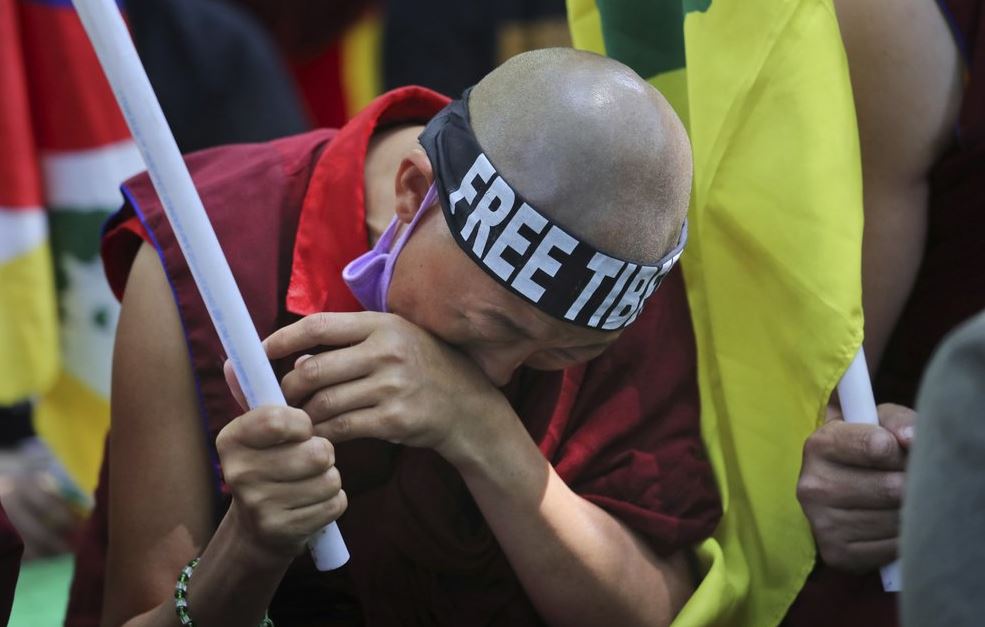Over seven decades, the world is outraged by the systematic violation of press freedom and free expression in Tibet. Foreign journalists are finding it increasingly difficult to visit the Himalayan provinces of the occupied Tibet and free speech is being suppressed even more ruthlessly there than in the rest of China. It’s a decade-long phenomenon in Tibet, but the grasp of governments over the free press has been tighter and tighter in the past five years.
The recent regulations and laws made by the Chinese authoritarian officials, only targeting Tibetan people and their culture and language, are unacceptable. The government keeps reiterating the need to maintain so-called stability, but this translates into relentless persecution of dissidents in Tibet. Every year, the Chinese authorities have meanwhile reinforced their media propaganda in the run-up to the anniversary of the 1959 Tibetan uprising on 10 March.
The foreign press has been barred or unable to visit Tibet freely for decades and the controls were heavily tightened after the events of March 2008. Journalists who try to do reporting in Tibetan regions without official guides often find themselves being obstructed and even roughed up in violation of the rules for foreign reporters that were renewed in October 2008. The foreign reporters and tourists were detained and questioned when they arrive in Tibet, often on tourist visas, they find that Tibetans are so scared to talk to them.

China ranked 177 out of 180 countries on RSF’s 2019 World Press Freedom Index – with only Turkmenistan and North Korea ranking worse. As of now, China is the top jailer of journalists, with 48 behind bars, according to the CPJ.
Working conditions for foreign journalists in China, particularly in Tibet worsened significantly in 2019 and 2020, according to the Foreign Correspondents’ Club of China.
Some Startling Facts
- The peaceful Buddhist country of Tibet was invaded by Communist China in 1949. Since that time, over 1.2 million out of 6 Tibetans have been killed, over 6000 monasteries have been destroyed, and thousands of Tibetans have been imprisoned.
- In Tibet today, there is no freedom of speech, religion, or press and arbitrary dissidents continue.
- The Dalai Lama, Tibet's political and spiritual leader, fled to India in 1959. He now lives among over 100,000 other Tibetan refugees and their government in exile.
- Forced abortion, sterilization of Tibetan women, and the transfer of low-income Chinese citizens threaten the survival of Tibet's unique culture. In some Tibetan provinces, Chinese settlers outnumber Tibetans 7 to 1.
- Within China itself, massive human rights abuses continue. It is estimated that there up to twenty million Chinese citizens working in prison camps.
- Most of the Tibetan plateau lies above 14,000 feet. Tibet is the source of five of Asia's greatest rivers, which over 2 billion people depend upon. Since 1959, the Chinese government estimates that they have removed over $54 billion worth of timber. Over 80% of their forests have been destroyed, and large amounts of nuclear and toxic waste have been disposed of in Tibet.
- Despite these facts and figures, many governments and corporations continue to support China economically. This shows their blatant lack of respect for these critical issues of political and religious freedom and human rights.

